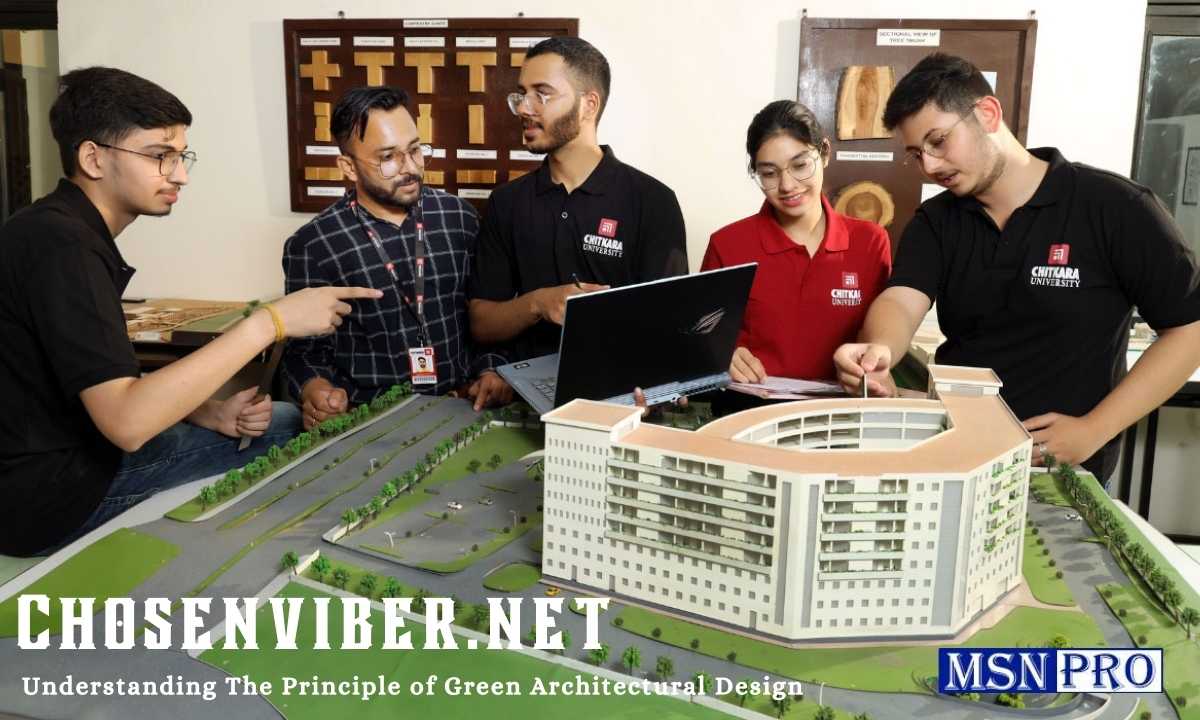In the cutting edge development and design world, innovation assumes a fundamental part in upgrading productivity, security, and accuracy. Perhaps the most creative headway in the field of development gear is the presentation of glazing robots, otherwise called vacuum lifting robots. These robots are changing the manner in which huge glass boards, or glazing units, are taken care of, lifted, and introduced. The rising intricacy of current design, with its gigantic glass exteriors, requesting accuracy, and wellbeing principles, makes glazing robots an essential resource.
This article will investigate the innovation behind glazing robots, how they work, and why they are turning into a staple in development projects around the world.
The Ascent of Glazing Robots
Before, the establishment of huge glass boards was a manual and work serious cycle. Hard core cranes and enormous groups of laborers were expected to lift, position, and introduce glass. This frequently brought about dangers, expected harm to the glass, and postpones in project timetables. Besides, dealing with the weight and size of glass boards frequently prompted high work costs. Glazing robots have arisen as an answer for these issues by smoothing out the establishment cycle and decreasing human blunder.
These robots are intended to deal with glass boards that can gauge many pounds or much more. They are outfitted with cutting edge pull frameworks (vacuum lifting innovation) that permit them to securely get, move, and introduce enormous glazing units with accuracy.
How Do Glazing Robots Work?
Glazing robots are furnished with a few key parts that make them profoundly effective and safe while lifting and introducing glass. The main basic part of these robots is their vacuum lifting innovation, which is at the core of their activity. The vacuum framework comprises areas of strength for cups that stick to the outer layer of the glass. The vacuum pressure makes a solid connection between the robot and the glass board, guaranteeing that the glass remains immovably set up even as it is moved. This element considers no problem at all treatment of the glass all through the establishment cycle.
The automated arms of these frameworks give high adaptability and mobility. The vacuum cups are joined to these mechanical arms, which can turn, slant, and change the glass with outrageous accuracy. These mechanical arms are fit for performing developments that would be troublesome or risky for human specialists, like lifting enormous boards at different points or putting them at critical levels.
To guarantee the robot works without a hitch and definitively, computerized control frameworks are incorporated. These control frameworks frequently incorporate sensors and high level software, which permit the robot to adhere to modified directions with pinpoint precision. The robot is modified to deal with different assignments, from lifting the glass to putting it ready. Numerous cutting edge frameworks likewise permit distant activity, adding an additional layer of comfort and adaptability for development groups.
The portability and route of glazing robots likewise assume a critical part in their flexibility. A few models are planned with wheels or tracks, empowering them to effortlessly move around building destinations and access hard-to-arrive areas. For instance, tall structure projects benefit from robots that can work at different rises, moving glass boards between floors or setting them in difficult-to-arrive positions.
At last, wellbeing is a first concern in the plan of glazing robots. These robots are furnished with wellbeing elements, for example, sensors that screen the vacuum strain to guarantee the glass is safely held. In the event that there is any drop in strain or breakdown, reinforcement frameworks are set up to forestall mishaps. Numerous robots additionally incorporate crash evasion sensors, which assist with abstaining from harming the glass or the encompassing design.
Benefits of Utilizing Glazing Robots
The utilization of glazing robots offers various benefits, which is the reason they are turning out to be progressively well known in the development and glazing businesses.
One of the essential advantages is improved security. Conventional glass establishment processes frequently include manual lifting of enormous glass boards, which can prompt wounds. By eliminating the requirement for laborers to deal with weighty glass straightforwardly, glazing robots fundamentally diminish the gamble of mishaps. This security upgrade is especially significant in skyscraper or complex development projects where the gamble of falls or misusing is higher.
Another critical benefit is further developed productivity. Glazing robots are fit for working at a lot quicker pace than human workers. These robots can constantly lift and position glass without weariness, radically diminishing establishment times. This proficiency additionally helps development projects stay on time, as the robots accelerate the establishment interaction without compromising security or quality.
Accuracy and exactness are other key advantages of glazing robots. The high level mechanical arms and control frameworks permit the glass to be introduced with high accuracy. This guarantees that the glass boards are impeccably lined up with their edges, diminishing the requirement for changes and guaranteeing that the completed item meets the plan determinations. This degree of precision likewise limits the probability of harm to the glass, which could some way or another be exorbitant and tedious.
After some time, the utilization of glazing robots can likewise prompt expense reserve funds. While the underlying interest in a glazing robot might be high, the speed up and productivity can bring about huge reserve funds in labor costs. Moreover, the decrease in glass breakage or misalignment limits exorbitant slip-ups, adding to a lower in general expense for the development project.
The flexibility of glazing robots is one more justification for their developing fame. They are fit for dealing with an extensive variety of glass sizes and types. Whether a venture includes huge draped walls for a high rise or more modest windows for private structures, these robots can adjust to the job needing to be done, making them helpful for the vast majority of various sorts of development.
Besides, glazing robots add to a greener climate. A significant number of these robots are electrically controlled, decreasing the requirement for diesel-fueled hardware. Moreover, by expanding the effectiveness of the establishment interaction, these robots assist with lessening waste and streamline the utilization of assets.
Utilizations of Glazing Robots
Glazing robots are utilized in an assortment of development and redesign projects. They are particularly significant in the establishment of glass for high rises and elevated structures. In these conditions, the robots can lift and position huge glass boards at critical levels with negligible gamble. Their capacity to deal with weighty glass with accuracy makes them ideal for these kinds of tasks, where human work would be less compelling or safe.
Moreover, glazing robots are helpful for business and private structures. From places of business to high rises, these robots can accelerate the glazing system, working on both security and effectiveness. Their adaptability likewise permits them to adjust to various structure plans, whether managing complex points or many-sided veneers.
In redesign and substitution projects, glazing robots likewise show their worth. Whether supplanting harmed glass or putting in new boards in a current construction, the robots improve on the cycle by disposing of the requirement for framework or cranes. This lessens the effect on the general climate and speeds up the interaction, limiting interruption.
Furthermore, glazing robots have tracked down a specialty in sunlight based charger establishment, as numerous sunlight powered chargers are made of glass. These robots can productively lift and position sun powered chargers on roofs or veneers, guaranteeing exact situation and limiting the gamble of harm during establishment.
Smartlift Models: Driving the Way in Glazing Mechanical technology
Among the numerous choices for glazing robots, Smartlift models stand apart as the absolute most exceptional and solid robots that anyone could hope to find. Smartlift robots are known for their strong vacuum lifting innovation, which permits them to deal with glass boards of fluctuating sizes and loads easily. Their mechanical arms offer extraordinary accuracy, guaranteeing that glass is introduced precisely where it should be.
Smartlift robots likewise accompany exceptionally instinctive control frameworks, which permit administrators to deal with the robots effortlessly. With easy to use points of interaction and controller choices, Smartlift robots can be worked by a solitary individual, further developing proficiency and decreasing work necessities. The different scope of models presented by Smartlift makes them reasonable for both limited scope private tasks and huge business establishments.
Conclusion
The appearance of glazing robots has reformed the manner in which enormous glass boards are introduced in the development business. These robots give critical advantages with regards to somewhere safe, productivity, accuracy, and cost-viability. Their capacity to deal with weighty glass boards with negligible gamble of harm or injury makes them a priceless device for present day development projects. As innovation keeps on improving, we can expect glazing robots to turn out to be much further developed and coordinated into future development projects. Smartlift models are a perfect representation of how development is molding the future of glazing, making the establishment interaction quicker, more secure, and more exact than any time in recent memory.



